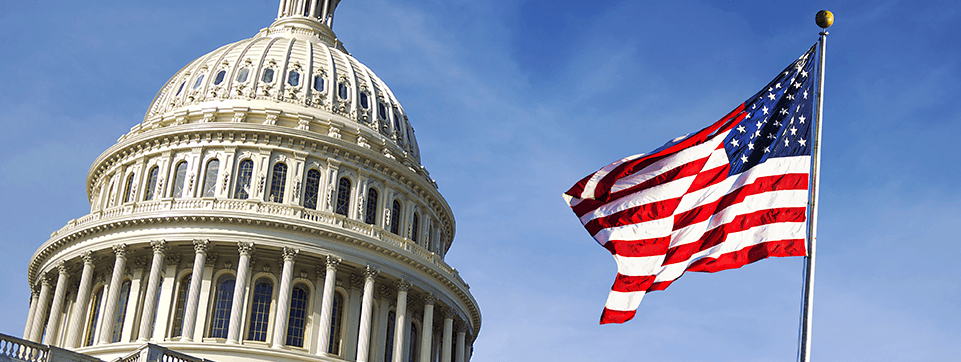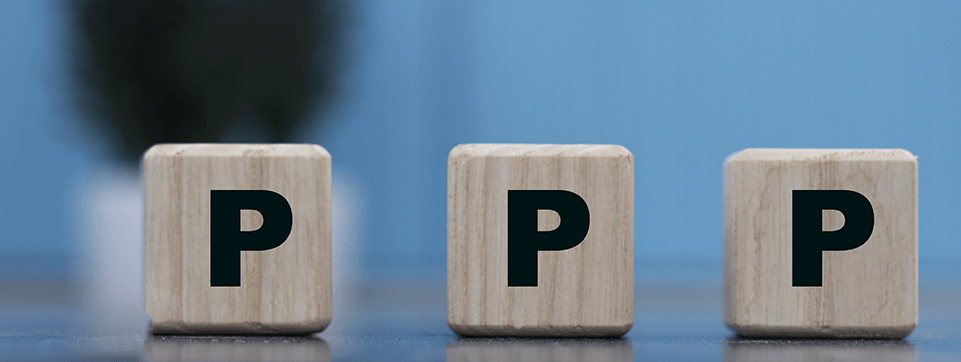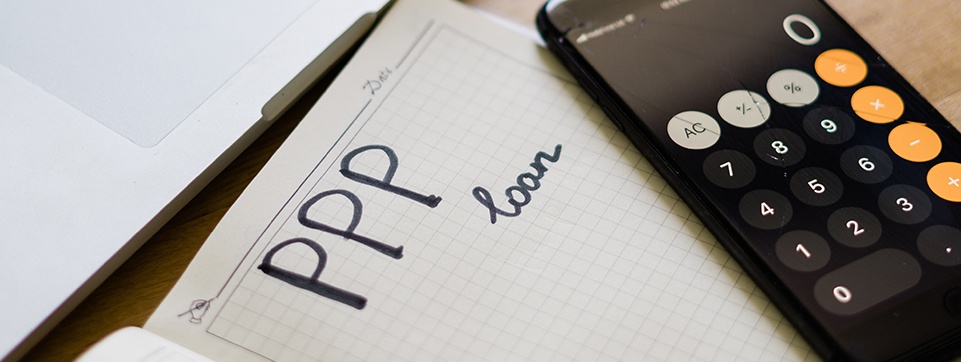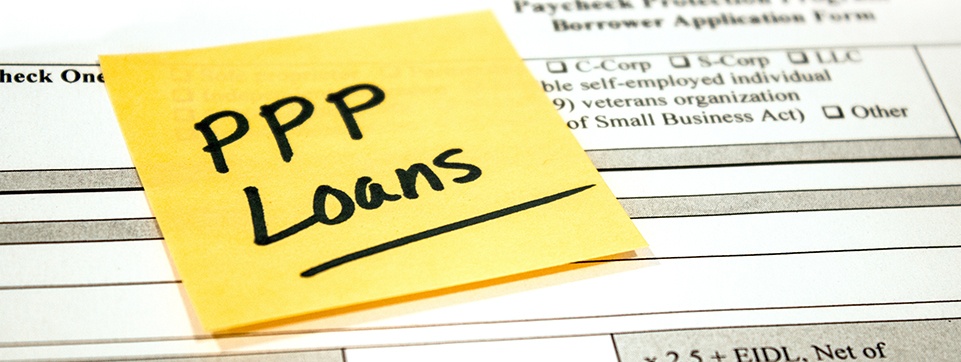
It took months of contentious negotiations, but on the evening of December 21, Congress voted to approve a second stimulus package intended as a relief measure for businesses and individuals adversely affected by the COVID-19 pandemic.

It took months of contentious negotiations, but on the evening of December 21, Congress voted to approve a second stimulus package intended as a relief measure for businesses and individuals adversely affected by the COVID-19 pandemic.

A $908 billion COVID-19 economic relief package first unveiled December 1 by lawmakers is gaining traction from congressional Democrats and Republicans, sparking hope that passage could occur on or before December 18.

A current IRS Notice builds on prior efforts to provide taxpayer relief by further extending the due date for what is known as the 180-day investment requirement. This Notice could make a significant impact on the operations of qualified opportunity funds (QOFs) and their investors.

The Paycheck Protection Program (PPP) helps small business owners and other individuals adversely affected by the COVID-19 pandemic. In particular, the loans provided through the program are forgivable as long as borrowers retain their employees on payroll for a defined number of weeks.

On the heels of congressional action that makes the Paycheck Protection Program (PPP) more flexible to use, the SBA and Treasury Department have unveiled a simplified full loan forgiveness application form along with an EZ version of the form.

On May 13, 2020, the Small Business Administration (SBA) released an update to its frequently asked questions that addresses borrowers’ required good-faith certification in regard to the necessity of their Paycheck Protection Program (PPP) loan request.